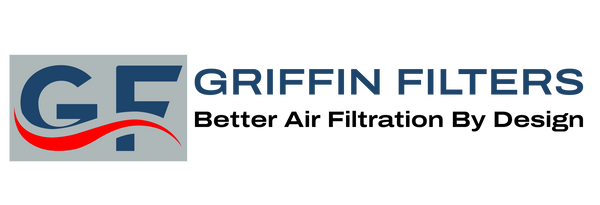Surface Filtration
Traditional dust filtration media – depth filtration pros and cons

Traditional felt filter bags have large interstitial spaces between the fibers, allowing small dust particles to pass through. Over time, however, a dust cake develops within the filter and reduces the interstitial gaps, thereby increasing the filter’s collection efficiency. This initial dust cake is paramount to the filter’s overall performance.
Unfortunately, the dust cake does not stop forming once the filter reaches its optimal efficiency. The dust cake will expand until it blocks too much airflow, increasing the differential pressure and disrupting the baghouse’s performance. This is when the filters must be changed.
Surface Filtration: Increased Efficiency and Extended Bag life
Most commonly, surface filtration media provide a dust barrier with membranes, treatments, or layers that offer high collection efficiencies without the aid of a dust cake. These media have smaller interstitial spaces before operation, allowing greater consistency in airflow and overall baghouse performance. Since these media provide this efficiency on the surface of the filter rather than deep within it, they also reduce the deep-loaded dust buildup that blinds filters. This also allows air pulses to better release the dust cake and reduces long-term compressed air consumption.
Summary
To put it simply, surface filtration methods provide increased efficiency with greater consistency. This means reduced emissions and, in many cases, reduced energy consumption. The initial cost may seem daunting, but since these methods often extend filter bag life, they provide an excellent long-term investment.
The two biggest performers in surface filtration include nanofiber layers and ePTFE membrane. Which method of surface filtration you use will depend largely on the characteristics of the dust you are filtering, as well as your budget. See our Filter Media Treatment Page for more information.
